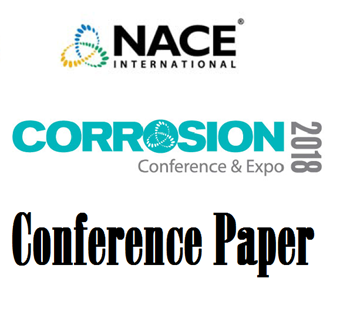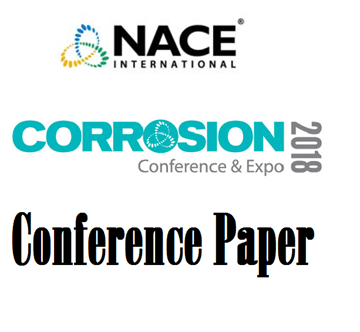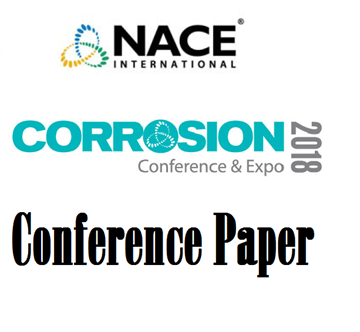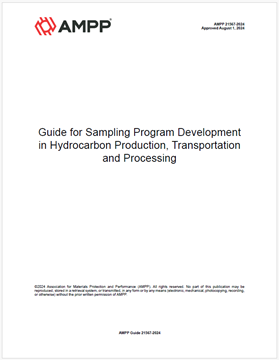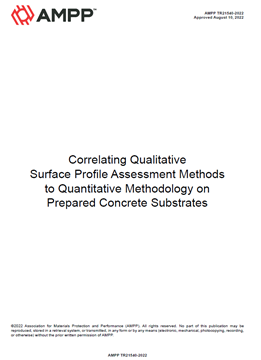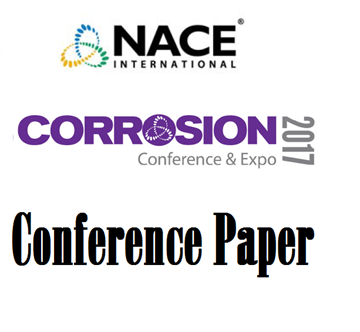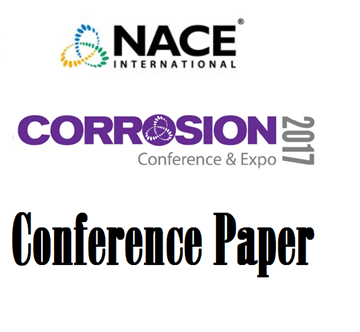Search
Process Industries
View as
Sort by
Display
per page
51318-11094-Mild steel corrosion behavior in a CO2-H2O-CHOOH environment
Product Number:
51318-11094-SG
Publication Date:
2018
$20.00
51318-11226-High -Temperature and High pressure Corrosion Behavior of Duplex Stainless Steel in White Liquor
Product Number:
51318-11226-SG
Publication Date:
2018
$20.00
51318-11250-Effect of Manganese on the Corrosion Behavior of Selected Alloys in Kraft Recovery Boiler Superheater Environments
Product Number:
51318-11250-SG
Publication Date:
2018
$20.00
51318-11361-Scale And Corrosion Control Mechanisms for Condensate Feedwater and Boilers in Industrial Systems
Product Number:
51318-11361-SG
Publication Date:
2018
$20.00
51318-11374- The Effect of Extractives on the Passivation of Carbon Steel in Synthetic Black Liquor Environments
Product Number:
51318-11374-SG
Publication Date:
2018
$20.00
AMPP Guide 21567-2024, Guide for Sampling Program Development in Hydrocarbon Production, Transportation and Processing
Product Number:
AMPP Guide 21567-2024
Publication Date:
2024
$109.00
AMPP SP21492-2023, Technical Specification for Application and Inspection of Electrostatically-Sprayed Fluoropolymer Powder Coatings
Product Number:
AMPP SP21492-2023
Publication Date:
2023
$109.00
AMPP TM21442-2023, Test Method for Evaluation of Protective Coatings for Use Under Insulation
Product Number:
AMPP TM21442-2023
Publication Date:
2023
$109.00
AMPP TR21540-2022, Correlating Qualitative Surface Profile Assessment Methods to Quantitative Methodology on Prepared Concrete Substrates
Product Number:
AMPP TR21540-2022
Publication Date:
2022
$109.00
Corrosion Behavior of Selected Alloys in Kraft Recovery Boiler Superheater Environments
Product Number:
51317--9159-SG
ISBN:
9159 2017 CP
Publication Date:
2017
$20.00
Corrosion Protection Enhancement by the Use of Polymers
Product Number:
51317--8989-SG
ISBN:
8989 2017 CP
Publication Date:
2017
$20.00
Electrochemical Crack Size Effect in Stress Corrosion Cracking and Corrosion Fatigue
Product Number:
51317--8853-SG
ISBN:
8853 2017 CP
Publication Date:
2017
$20.00


